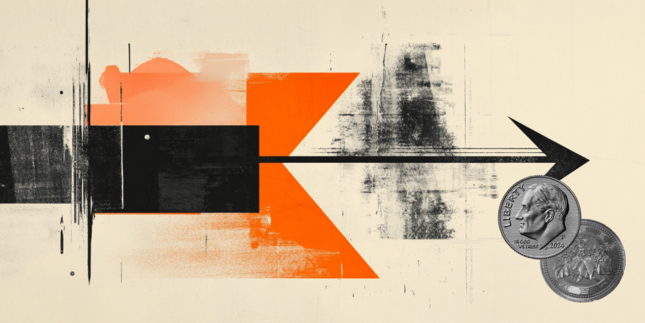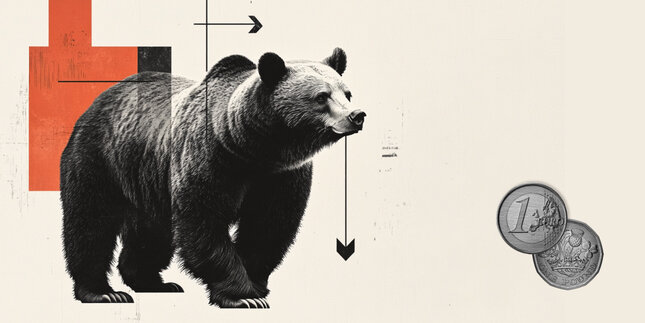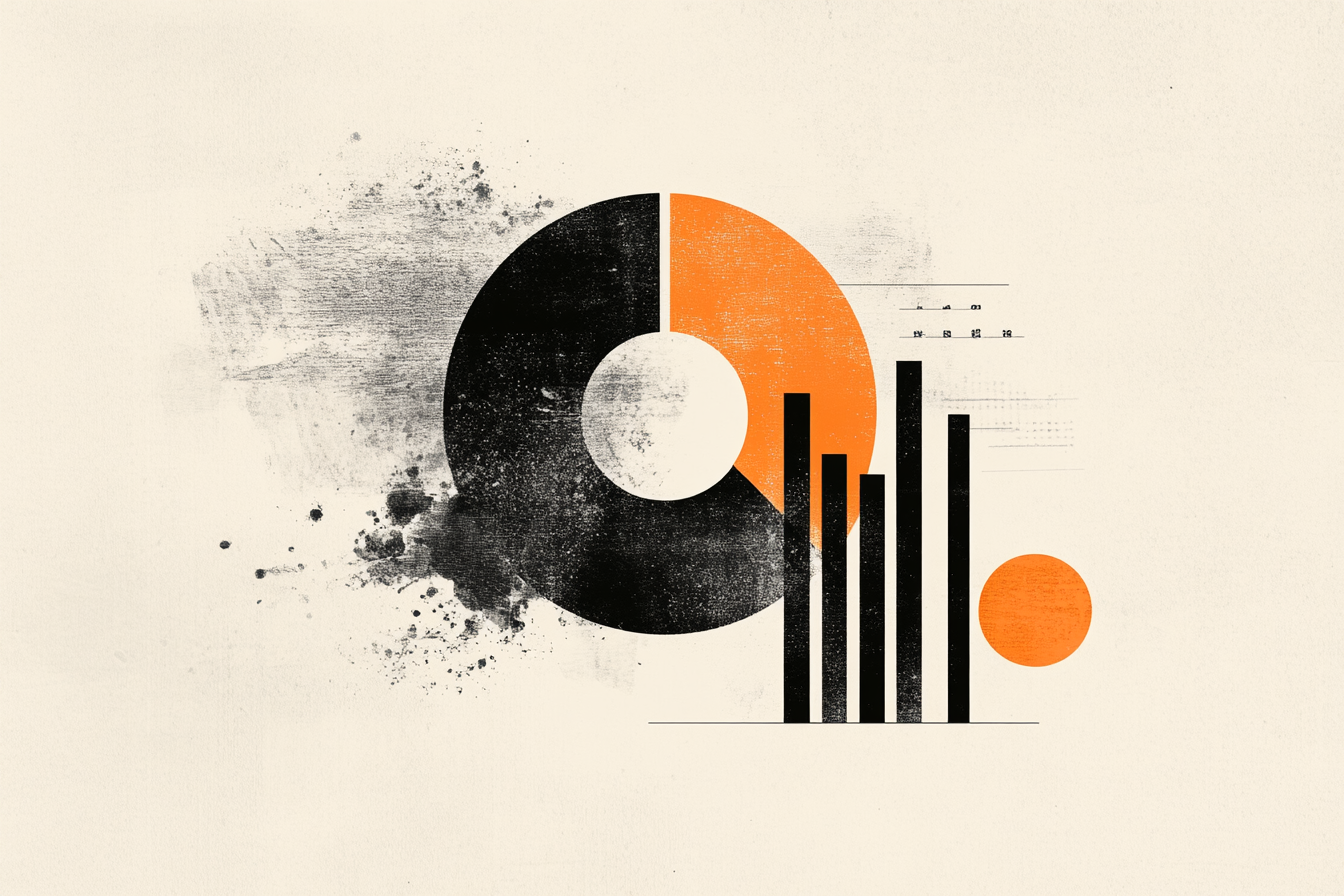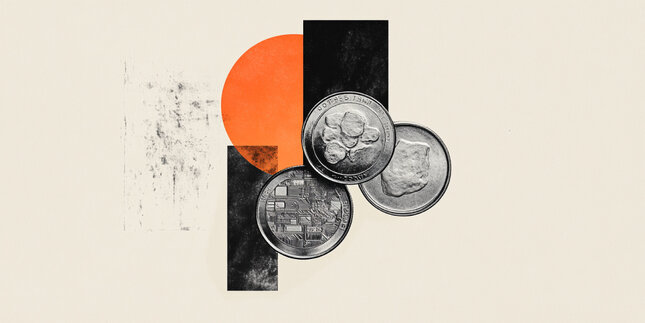Sticky US inflation reinforces the Fed's cautious message
Inflation in the United States (US), as tracked by the Consumer Price Index (CPI), went up by 3.0% in January compared to the same month last year, surpassing December’s increase, according to the Bureau of Labor Statistics. This result was higher than most estimates were expecting. On a monthly basis, the CPI rose 0.5%, up from December’s 0.4% increase.
When you exclude the more unpredictable costs of food and energy, the core CPI jumped 3.3% from a year ago. While that’s still relatively high, it came in above the 3.1% that many analysts had forecast and it was also higher than December’s reading. Additionally, core inflation nudged up by 0.4% from a month earlier.
According to the BLS's news release: "The index for shelter rose 0.4 percent in January, accounting for nearly 30 percent of the monthly all items increase. The energy index rose 1.1 percent over the month, as the gasoline index increased 1.8 percent. The index for food also increased in January, rising 0.4 percent as the index for food at home rose 0.5 percent and the index for food away from home increased 0.2 percent."
Market reaction to US CPI readings
The Greenback raced to weekly highs near 108.50 measured by the US Dollar Index (DXY) right after the latest US CPI data hit the wires, propelled further by a strong uptick in US Treasury yields across the curve.
US Dollar PRICE Today
The table below shows the percentage change of US Dollar (USD) against listed major currencies today. US Dollar was the strongest against the Japanese Yen.
| USD | EUR | GBP | JPY | CAD | AUD | NZD | CHF | |
|---|---|---|---|---|---|---|---|---|
| USD | 0.39% | 0.45% | 1.14% | 0.32% | 0.78% | 0.73% | 0.21% | |
| EUR | -0.39% | 0.06% | 0.73% | -0.08% | 0.37% | 0.33% | -0.18% | |
| GBP | -0.45% | -0.06% | 0.67% | -0.13% | 0.31% | 0.28% | -0.25% | |
| JPY | -1.14% | -0.73% | -0.67% | -0.82% | -0.36% | -0.42% | -0.93% | |
| CAD | -0.32% | 0.08% | 0.13% | 0.82% | 0.45% | 0.41% | -0.11% | |
| AUD | -0.78% | -0.37% | -0.31% | 0.36% | -0.45% | -0.03% | -0.56% | |
| NZD | -0.73% | -0.33% | -0.28% | 0.42% | -0.41% | 0.03% | -0.53% | |
| CHF | -0.21% | 0.18% | 0.25% | 0.93% | 0.11% | 0.56% | 0.53% |
The heat map shows percentage changes of major currencies against each other. The base currency is picked from the left column, while the quote currency is picked from the top row. For example, if you pick the US Dollar from the left column and move along the horizontal line to the Japanese Yen, the percentage change displayed in the box will represent USD (base)/JPY (quote).
This section below was published as a preview of the US Consumer Price Index (CPI) data at 03:30 GMT.
- The US Consumer Price Index is seen rising 2.9% YoY in January.
- The core CPI inflation should remain sticky well above the Fed’s goal.
- Investors have so far pencilled in a Fed rate cut in June.
The United States (US) Bureau of Labor Statistics will release January’s Consumer Price Index (CPI) report on Wednesday at 13:30 GMT.
As a key indicator of inflation, this report might influence the US Dollar’s (USD) price action in the short-term horizon, although it’s not expected to lead to any immediate changes in the Federal Reserve’s (Fed) monetary policy stance.
What to expect in the next CPI data report?
All eyes will be on the upcoming inflation numbers in the US.
That said, the Consumer Price Index (CPI) is expected to show an annual increase of 2.9% in January—matching the previous month’s reading. When you strip out the volatile food and energy prices to get a clearer picture, the core CPI is predicted to still remain above the Fed’s target at 3.1% compared to a year ago. On a monthly basis, forecasts point to a 0.3% bump in both metrics.
Previewing the report, analysts at TD Securities noted: “We look for core CPI inflation to accelerate in January following a softer than expected 0.23% m/m gain in December. The typical Q1 price resets are likely to play a role, with services inflation picking up sequential strength. On a y/y basis, headline CPI inflation is expected to stay unchanged at 2.9%; likewise for core inflation which likely remained elevated at 3.2% y/y”.
Returning to the Fed’s hawkish stance at its January 28-29 meeting, it is worth noting that the Committee removed the reference to inflation “has made progress” towards the 2% target from its statement.
Later, during his usual press conference, Chair Jerome Powell argued that the Fed would only consider further cuts once it observed real progress on inflation or signs of weakness in the labour market. He also mentioned that it had become increasingly challenging to predict the direction of inflation, partly due to growing uncertainty about which policies President Donald Trump might adopt and how quickly those measures would impact the economy.
How could the US Consumer Price Index report affect EUR/USD?
Uncertainty about tariffs and trade policy under the Trump administration remains high and has been weighing on the US Dollar (USD) in recent days, allowing for a modest recovery in risk-linked assets at the expense of the US Dollar Index (DXY).
Meanwhile, although the latest US Nonfarm Payrolls report showed that the economy added fewer jobs than expected in January, it did note a decline in the jobless rate to 4.0% along with steady wage inflation indicators—factors that support the view of a healthy and resilient domestic labour market.
This, combined with stubborn inflation and the Fed's cautious stance, should keep the Greenback’s constructive outlook unchanged for the time being.
Regarding the Fed, market participants now anticipate that the central bank will resume its easing cycle in June, with another quarter-point reduction already penciled in.
Turning to EUR/USD, Pablo Piovano, Senior Analyst at FXStreet, shared his technical outlook. He identified the February low of 1.0209, reached on February 3, as the immediate area of contention. Losing this level could bring a potential drop to the 2025 bottom of 1.0176 (recorded on January 13) back into focus before the pair approaches the psychological parity mark of 1.0000.
On the upside, resistance is seen at the 2025 high of 1.0436 (from January 6), further supported by the December top of 1.0629 (from December 6), an area reinforced by the interim 100-day SMA.
Piovano also noted that the bearish outlook for the pair should remain in place as long as it trades below the critical 200-day SMA at 1.0752.
In addition, the daily Relative Strength Index (RSI) has receded to the 43 level, indicating a loss of momentum, while the Average Directional Index (ADX) hovering around 18 denotes a weak trend.
Economic Indicator
Consumer Price Index (YoY)
Inflationary or deflationary tendencies are measured by periodically summing the prices of a basket of representative goods and services and presenting the data as The Consumer Price Index (CPI). CPI data is compiled on a monthly basis and released by the US Department of Labor Statistics. The YoY reading compares the prices of goods in the reference month to the same month a year earlier.The CPI is a key indicator to measure inflation and changes in purchasing trends. Generally speaking, a high reading is seen as bullish for the US Dollar (USD), while a low reading is seen as bearish.
Read more.Last release: Wed Jan 15, 2025 13:30
Frequency: Monthly
Actual: 2.9%
Consensus: 2.9%
Previous: 2.7%
Source: US Bureau of Labor Statistics
The US Federal Reserve has a dual mandate of maintaining price stability and maximum employment. According to such mandate, inflation should be at around 2% YoY and has become the weakest pillar of the central bank’s directive ever since the world suffered a pandemic, which extends to these days. Price pressures keep rising amid supply-chain issues and bottlenecks, with the Consumer Price Index (CPI) hanging at multi-decade highs. The Fed has already taken measures to tame inflation and is expected to maintain an aggressive stance in the foreseeable future.
Inflation FAQs
Inflation measures the rise in the price of a representative basket of goods and services. Headline inflation is usually expressed as a percentage change on a month-on-month (MoM) and year-on-year (YoY) basis. Core inflation excludes more volatile elements such as food and fuel which can fluctuate because of geopolitical and seasonal factors. Core inflation is the figure economists focus on and is the level targeted by central banks, which are mandated to keep inflation at a manageable level, usually around 2%.
The Consumer Price Index (CPI) measures the change in prices of a basket of goods and services over a period of time. It is usually expressed as a percentage change on a month-on-month (MoM) and year-on-year (YoY) basis. Core CPI is the figure targeted by central banks as it excludes volatile food and fuel inputs. When Core CPI rises above 2% it usually results in higher interest rates and vice versa when it falls below 2%. Since higher interest rates are positive for a currency, higher inflation usually results in a stronger currency. The opposite is true when inflation falls.
Although it may seem counter-intuitive, high inflation in a country pushes up the value of its currency and vice versa for lower inflation. This is because the central bank will normally raise interest rates to combat the higher inflation, which attract more global capital inflows from investors looking for a lucrative place to park their money.
Formerly, Gold was the asset investors turned to in times of high inflation because it preserved its value, and whilst investors will often still buy Gold for its safe-haven properties in times of extreme market turmoil, this is not the case most of the time. This is because when inflation is high, central banks will put up interest rates to combat it. Higher interest rates are negative for Gold because they increase the opportunity-cost of holding Gold vis-a-vis an interest-bearing asset or placing the money in a cash deposit account. On the flipside, lower inflation tends to be positive for Gold as it brings interest rates down, making the bright metal a more viable investment alternative.
Forex News
Keep up with the financial markets, know what's happening and what is affecting the markets with our latest market updates. Analyze market movers, trends and build your trading strategies accordingly.

















